In Android, let's say we have 2 classes which have common methods for starting a service, so we extract them to a helper class:

The following diagram shows my strange attempt to represent it. I have used transaction narrows. I think those are for the activity diagrams, but in the uml-diagrams.org/class-reference.html, those narrows are called Association Navigability. That's why I have used them to try to represent the diagram. Between HelperClass and ClassService I have used a normal association. Between the classes and the service I have used a restriction (it is just informative, to make it more clear):

Am I mixing the class diagram with the activity diagram?
UPDATE 1: attempt to represent it with a component diagram:

Note: my favourite explanation of how to use a component diagram is this: https://www.ibm.com/developerworks/rational/library/dec04/bell/
UPDATE 2: attempt to draw the class diagram with the suggested changes:

UPDATE 3: full class diagram. Transaction arrows have been changed by associations. User and System interactions have been removed (e.g. startsWhenClick by starts; startsWhenDetection by starts):

